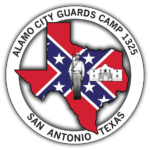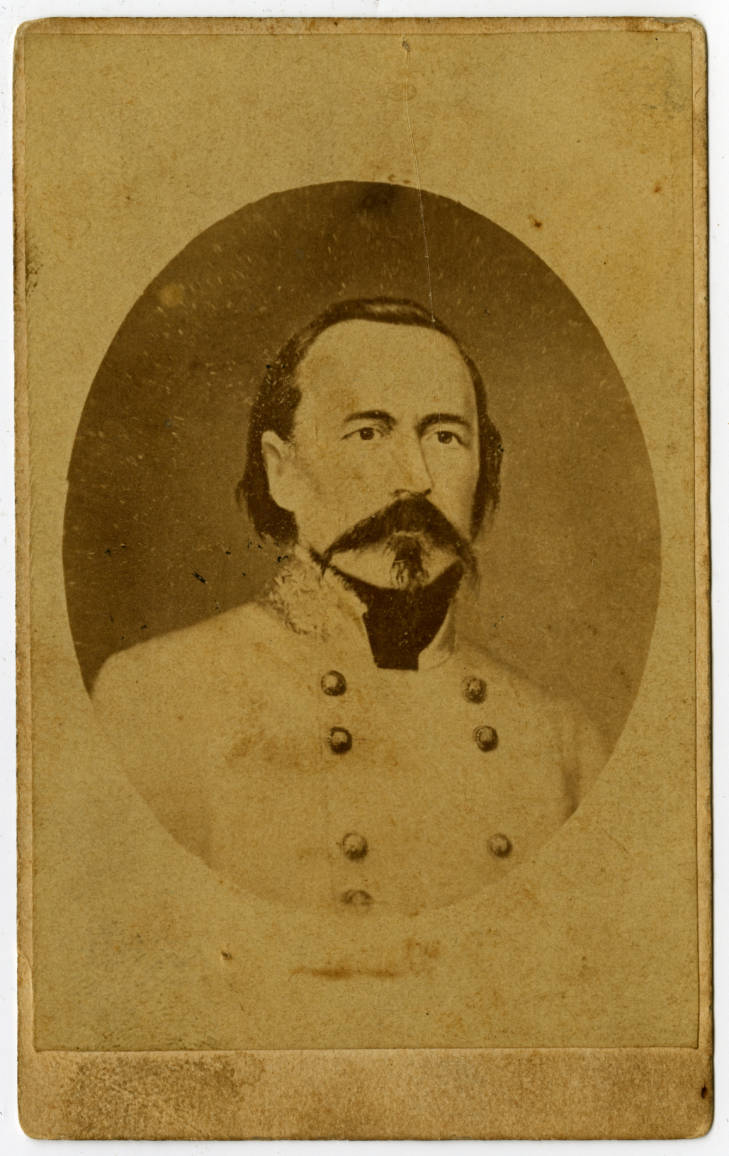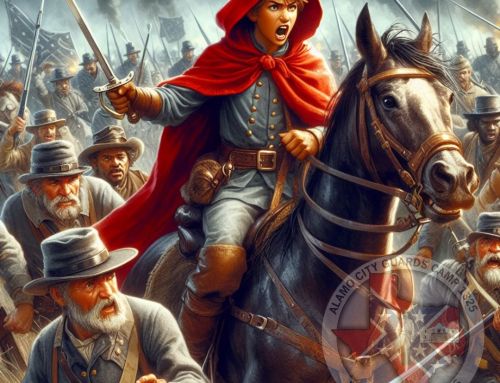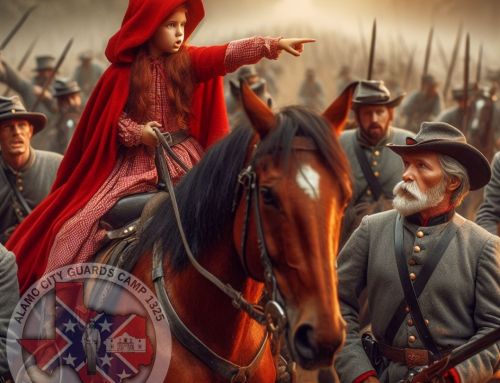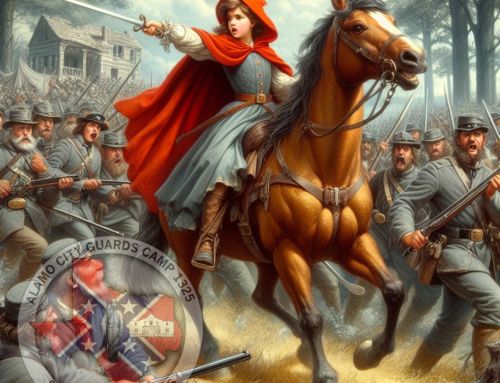By Asher Elbein | Audubon Magazine
In 1851, John P. McCown, an amateur ornithologist and army officer stationed in Texas, shot a group of larks on the prairie. Examining his kills, he noted two examples of a bird he’d never seen before: pale gray longspurs with a small spot of chestnut on the wings and prominent white patches in the tail. After preparing the specimens, he sent it off to an ornithologist friend, who gave it the name McCown’s Longspur.
At the time, this was typical for species discovery and naming. In the 1800s, European explorers, typically male, were rapidly documenting and naming animals new to them. As amateur and professional collectors like McCown pushed west into Indian lands, they often mailed bird specimens to researchers back east. Sometimes, ornithologists honored colleagues by tagging their names to new species, or named them after patrons or relatives. Today, 142 North American English common bird names are honorifics.
But McCown’s case stands out for one significant reason: Ten years after shooting the longspur, he joined the Confederate States Army, where he was ultimately promoted to Major General and commanded multiple armies by the end of the war. He is the only member of the Confederate armies whose name is borne by a bird.
[read full article]